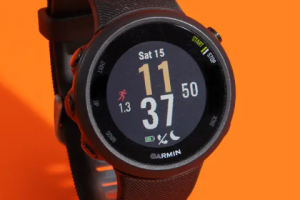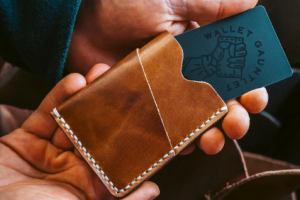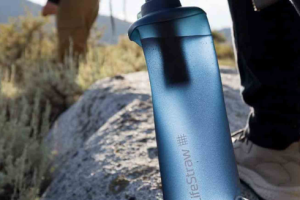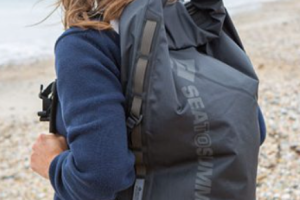In today’s digital world, it’s essential to stay vigilant against scams and fraud, especially when it comes to protecting personal information and banking details. With the growing use of online services and unprotected networks, individuals are becoming increasingly aware of the dangers of digital theft. While tools like VPNs help ensure secure browsing, the question remains—should you be worried about RFID theft during your travels?
Despite RFID technology being around for years, it still causes confusion. Wallet manufacturers and travel gear brands often heavily promote RFID-blocking products, but the truth behind this technology is often misunderstood. Today, we’ll explore what RFID really is, how it works, and whether it’s worth investing in RFID-blocking products for your travels.
What Is RFID?
RFID stands for Radio Frequency Identification, a system that uses radio waves from a reader to gather information stored on a microchip tag. It works similarly to a barcode but without requiring direct visual scanning. RFID can provide real-time data for a variety of businesses, making it invaluable for industries that rely on quick information transfer.
How Does RFID Affect You?
RFID is everywhere. When you use a contactless credit or debit card, the RFID chip communicates with a terminal to complete the transaction. Public transport tickets also often use this technology for scanning. What you might not realize is that your passport contains an RFID chip, storing all your personal and biometric details.
Essentially, each time you make a contactless payment or tap your card, you are using an RFID system to wirelessly transfer information.
What Is RFID Theft?
While RFID makes payments and transfers efficient, it can also be exploited by thieves. With a scanner, criminals can collect personal data from any RFID-enabled card on your person—a practice called “skimming.” They could use this data for fraudulent purchases, identity theft, or even credit card cloning.
Fortunately, the chances of this happening are very low. For one, the signal from an RFID-enabled card is weak, and the scanner needs to be close to you to pick it up. Additionally, most data that is collected is encrypted, making it difficult to use. Many contactless payments are capped at low amounts, further reducing the potential damage. Plus, RFID scanners generally can only read one signal at a time, making it hard to skim multiple cards from a wallet at once.
Overall, you’re statistically more likely to lose your wallet or have it stolen than fall victim to RFID skimming. Still, it’s essential to remain aware that such thefts, though rare, can happen.
Protecting Yourself from RFID Theft
While RFID theft is unlikely, taking extra precautions can give you peace of mind. Here are a few methods that travelers commonly use to safeguard their information:
- RFID Blocking Wallets or Sleeves: These products use metal materials such as aluminum or steel to block the radio waves from RFID scanners, preventing them from reading your cards. Many travel wallets include this feature, but they tend to be pricier than standard wallets. Alternatively, you can buy an RFID-blocking card to place inside your wallet, which will interfere with any attempts to skim information. If you’re looking for the most affordable option, RFID-blocking sleeves are available to cover individual cards, though they must be removed when you need to use your card.
- Disable Your RFID Chip: Depending on your bank, you may be able to disable the tap-to-pay feature on your card. Alternatively, you can request a card without an RFID chip altogether.
- Store Your Cards in Unconventional Places: RFID scanning requires proximity to the card, so simply keeping your wallet in a less obvious location can reduce the chances of being targeted. If you don’t carry a lot of cards, you could also keep your card in a separate pocket to confuse potential thieves.
Is RFID Theft Something to Worry About?
Although the threat of RFID theft is real, it’s highly unlikely that it will affect you. If you’re concerned, using an RFID-blocking wallet or adopting a few precautionary measures can offer peace of mind. If by chance you notice any unusual activity, your bank will usually be quick to reimburse you, making it easier to recover from the incident.
At the end of the day, an RFID-blocking wallet is more of a safeguard for your peace of mind than a necessity for actual theft prevention. While the risk of RFID skimming is low, there’s no harm in taking a few simple steps to protect your information—whether at home or while traveling.
Final Thoughts
Do you use RFID-blocking wallets at home or on the go? Have you ever encountered RFID theft? We’d love to hear about your experiences and thoughts on this topic.

















